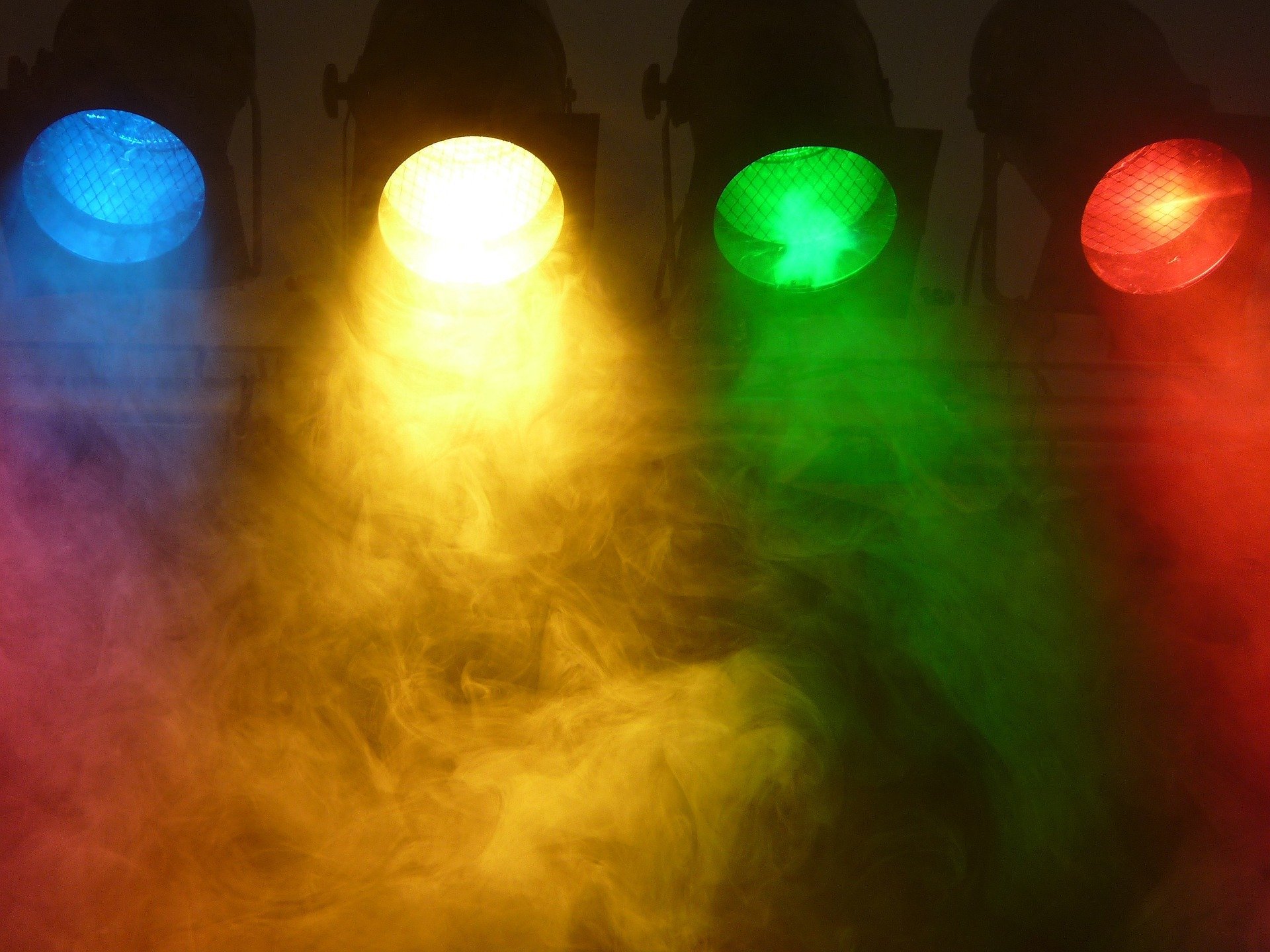
Queer Ancestor Spotlight: Jean Diot and Bruno Lenoir
In 1750 Jean Diot and Bruno Lenoir were arrested in Paris for what one magistrate called “committing crimes which propriety does not permit us to describe in writing”. They became the last people legally executed in France as punishment for homosexuality.

Queer Ancestor Spotlight: Flawless Sabrina
Mother Flawless Sabrina was a New York City-based American LGBT activist and drag queen. She was one of the first widely known drag queens in the United States, and was considered a pioneer for the transgender and drag communities.

Queer Ancestor Spotlight - Gladys Bentley
Gladys Alberta Bentley was an American blues singer, pianist, and entertainer during the Harlem Renaissance. She rocketed to fame in the 1920’s as a black, lesbian, cross-dressing performer. Her signature look incorporated a tail coat and top hat, and she was notorious for flirting with women in the audience.

Queer Ancestor Spotlight - Homomonument
The Homomonument is the first monument in the world to commemorate those in the LGBTQ+ community who were killed by the Nazis, and has since become a symbol for everyone who has been persecuted because of their sexual orientation.

Queer Ancestor Spotlight: Perry Watkins
Perry Watkins was an out gay Black man and American military officer. He was unapologetic about who he was for his entire life and continually stared down the systems that sought to oppress LGBTQ+ people in the military. Following a nearly twenty year military career his sexuality was finally turned against him and he decided to fight it in the courts. He would go on to win the first appellate court case against the US military’s ban on lesbian and gay service members.

Queer Ancestor Spotlight: David Spada
How many of you are familiar with “Freedom Rings”? They are a set of six aluminum rings, each one a different color of the rainbow, and could be worn as rings, earrings, or necklaces. They were by New York artist David Spada in the early 1990’s and became a recognizable symbol of LGBTQ+ pride in the late 20th century.

Queer Ancestor Spotlight: Paul Cadmus
Paul Cadmus was born in Manhattan, NY on December 17, 1904. He would would go on to become a widely known American artist known for his gritty egg tempera paintings. He was inspired by social interactions he observed in his urban life. He included elements of eroticism and social commentary in a style often referred to as “magical realism,” and his career was launched when the Navy attempted to censor one of his paintings due to its “gay gaze.”

Queer Ancestor Spotlight: The Tavern Guild
The Tavern Guild was an association of gay bar owners and liquor distributers that formed in San Francisco in 1962 and lasted until 1995. It was the first gay business association in the United States and developed in response to police raids on gay establishments.

Queer Ancestor Spotlight: Newport Sex Scandal
A forgotten bit of American queer history involves future president Franklin Delano Roosevelt, the YMCA, and a bunch of Navy men who liked to have sex with each other in the early 20th century. Often referred to as the Newport sex scandal, this episode in American queer and military history shone a light on the underground culture of men who had sex with men long before Stonewall. What began as one man’s moral crusade against homosexuality shortly after the end of World War I turned into a national moral panic that made it’s way all the way to the United States Senate.

Queer Ancestor Spotlight: Audre Lorde
Audre Geraldine Lorde was an American writer, feminist, and civil rights activist. She used her creative spirit to address the injustices of racism, sexism, classism, and disability. Given her personal identities her poems and prose also dealt largely with the exploration of black female identity. Lorde became a powerful force in the academic world with her essay “The Master’s Tools Will Not Dismantle the Master’s House.” She is also remembered for her speech at the 1979 National March on Washington for Lesbian and Gay Rights.
